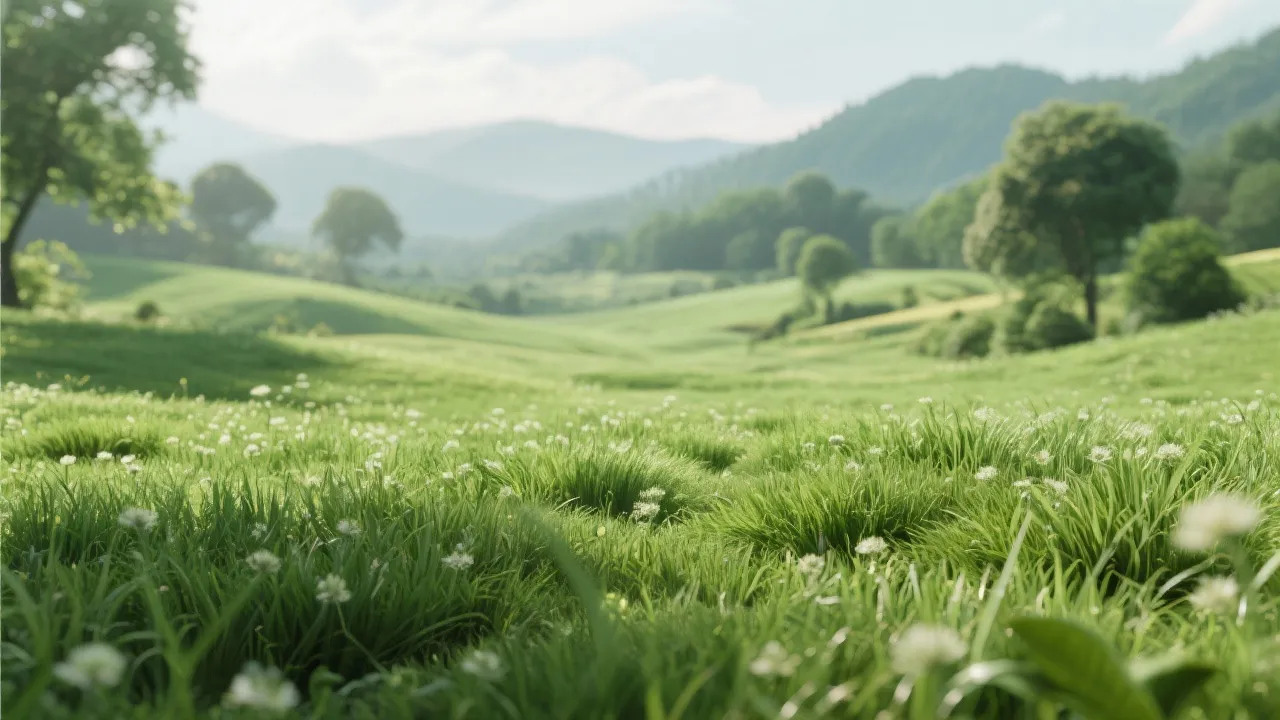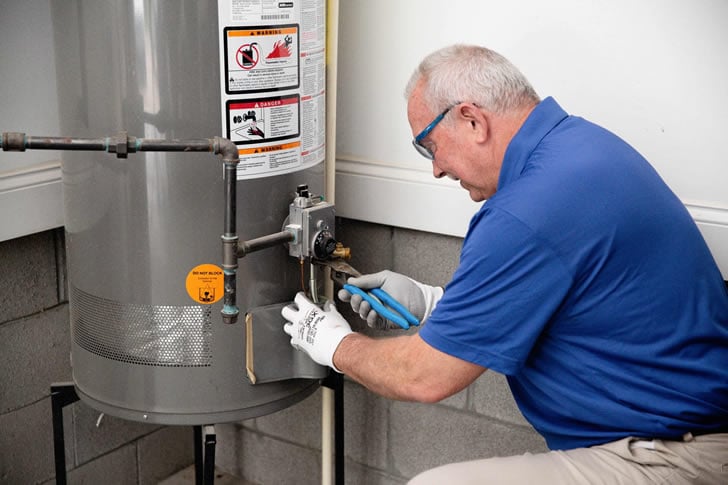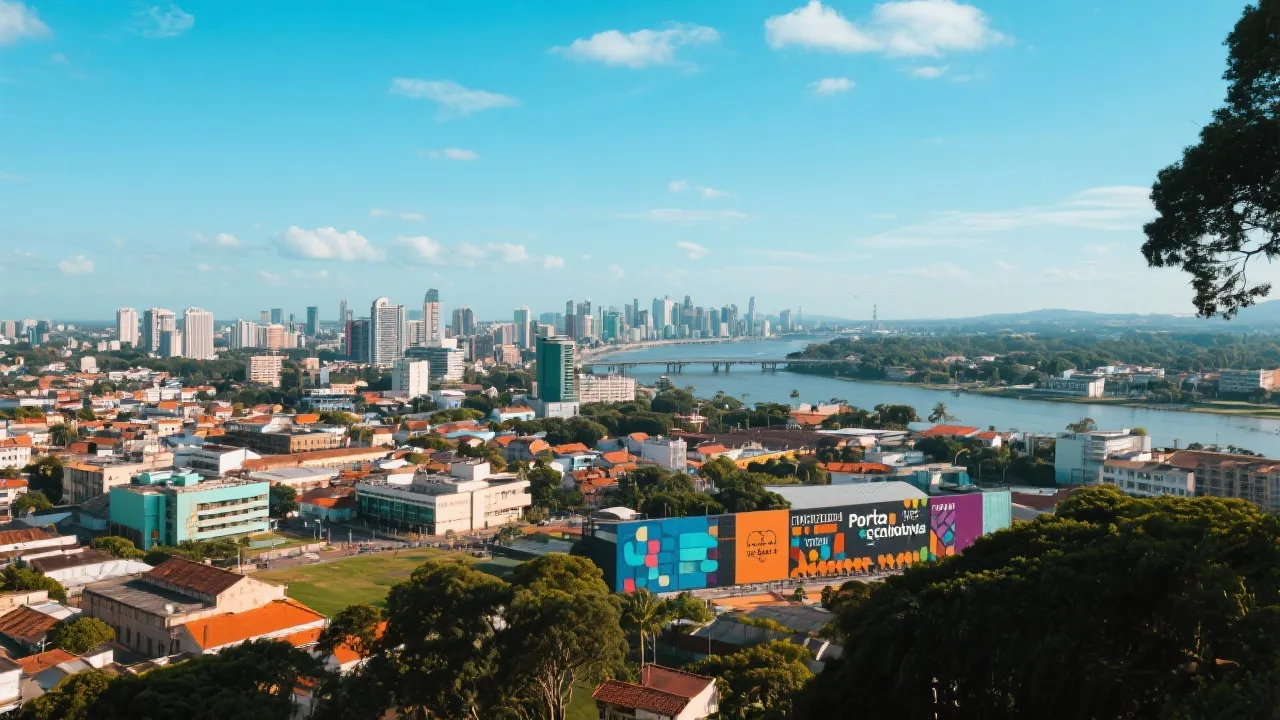Understanding Zanc Poa: A Comprehensive Guide
This guide delves into Zanc Poa, a grass species known for its resilience and versatility in various landscapes. Zanc Poa thrives in different climates, making it a prime choice for lawns, sports fields, and more. Its maintenance requires understanding regional climate conditions and growth behavior for optimal results.

Introduction to Zanc Poa
In the world of turfgrass, Zanc Poa stands out for its durability and adaptability. It belongs to a group of cool-season grasses, widely appreciated for its ability to thrive under diverse environmental conditions. Whether being used for decorative lawns, sports fields, or public gardens, Zanc Poa provides a visually pleasing and durable surface. In recent years, there has been a growing interest in sustainable landscaping practices, and Zanc Poa fits this trend remarkably well. As resources become scarce and environmental considerations take priority, adopting grasses such as Zanc Poa can lead to more sustainable practices while maintaining aesthetic appeal.
The Unique Characteristics of Zanc Poa
What makes Zanc Poa unique is its exceptional resistance to varying climates and soil conditions. This grass is renowned for its resilience during both droughts and heavy rainfall, making it a versatile option for many landscapes. Zanc Poa possesses a fine texture and dense growth habit, which helps in preventing weed invasion while providing a lush, green appearance. This adaptability extends beyond mere environmental resilience; it also has implications for biodiversity. Zanc Poa supports a variety of local wildlife, including beneficial insects and pollinators, making it an excellent choice for eco-friendly gardens. Furthermore, its vibrant green color not only enhances visual appeal but also helps in cooling urban areas, showcasing its importance in urban landscaping.
Optimal Growth Conditions
Understanding the growth behavior of Zanc Poa is critical for its maintenance. It flourishes top in temperate climates where temperatures remain moderate. The grass prefers well-drained, fertile soils but can adapt to less-than-ideal conditions with proper care. Regular watering, alongside appropriate fertilization, can enhance its growth and appearance. Temperature plays a pivotal role in the growth cycle of Zanc Poa, as it prefers to germinate and establish during the cool temperatures of early spring or fall. Soil pH is also a critical factor; Zanc Poa thrives in slightly acidic to neutral soils (pH 6.0-7.0), which makes soil testing an essential pre-planting step. Ensuring optimal soil conditions not only promotes healthy growth but also enhances the grass's resistance to pests and diseases.
Top Practices for Maintaining Zanc Poa
- Watering: Regular hydration is essential, especially during dry spells, to keep Zanc Poa thriving. It's beneficial to install a drip irrigation system or a smart irrigation controller that adjusts based on rainfall and temperature, promoting water conservation.
- Mowing: Keep the grass height between 1.5 to 2 inches. Frequent mowing promotes healthy growth and a robust lawn. Additionally, using a mulching mower can return valuable nutrients back into the soil.
- Fertilization: Fertilize in early spring and late fall to replenish essential nutrients. It's recommended to use slow-release fertilizers to provide a steady supply of nutrients over time, thus minimizing the risk of nutrient leaching into waterways.
- Pest Management: Monitor for common pests and diseases, treating promptly to avoid extensive damage. Integrated Pest Management (IPM) practices suggest using natural predators and bio-controls to maintain pest populations without the use of harmful chemical pesticides.
- Weed Control: Implement preventive measures such as maintaining a dense lawn and using herbicides judiciously. Additionally, regular aeration every few years not only helps relieve soil compaction but also improves water penetration and nutrient accessibility.
Zanc Poa in Landscaping Projects
Due to its visual appeal and durability, Zanc Poa serves as an excellent choice for various landscaping projects. Its adaptability allows it to integrate well in both residential gardens and commercial spaces. When planning to incorporate Zanc Poa, consider integrating it with other plant species that thrive in similar conditions for a diversified and aesthetically pleasing landscape. Mixed plantings not only enhance beauty but also promote ecological resilience. For instance, pairing Zanc Poa with flowering perennials or ornamental shrubs can create attractive focal points that draw pollinators, supporting local biodiversity.
In addition, Zanc Poa can be used effectively in specific garden themes such as xeriscaping, where the emphasis is on water conservation. Its drought tolerance can help maintain a lush appearance even in environments where water is scarce. Moreover, its dense growth habit reduces soil erosion, making it suitable for sloped landscapes. Implementing Zanc Poa in public spaces, such as parks or playgrounds, ensures that these areas provide both functionality and beauty, contributing to community wellbeing and comfort.
Frequently Asked Questions about Zanc Poa
- What makes Zanc Poa suitable for sports fields?
- Zanc Poa’s dense and resilient nature offers a durable playing surface, ideal for minimizing soil erosion and cushioning impact. Its growth habit allows for quick recovery from wear, making it a favorable option for high-traffic areas.
- How can I prevent weed growth in my Zanc Poa lawn?
- Regular mowing, fertilization, and maintaining grass density are effective measures in preventing weed growth. Additionally, planting cover crops during off-seasons can help suppress weeds and enrich the soil.
- Can Zanc Poa withstand harsh winter conditions?
- Yes, Zanc Poa is a cool-season grass that can endure cold weather; however, adequate measures should be taken to protect it during extreme conditions. Using a winter mulch can help insulate the soil and promote healthy rooting.
- Is Zanc Poa environmentally friendly?
- Absolutely, Zanc Poa is an environmentally friendly choice due to its lower water requirements and ability to establish quickly in cool-season climates. Its role in supporting local wildlife and reducing urban heat islands further enhances its environmental benefits.
- How does Zanc Poa compare to other grasses in terms of sustainability?
- Compared to other cool-season grasses, Zanc Poa tends to require less water and has better drought resistance. It can maintain its color and density with minimal irrigation compared to turfgrasses like Kentucky bluegrass, which may require more intensive maintenance and water inputs.
Comparative Analysis of Zanc Poa
| Attribute | Zanc Poa | Other Cool-Season Grasses |
|---|---|---|
| Water Requirement | Moderate | Varies (typically moderate to high) |
| Resilience | High | Moderate |
| Visual Appeal | High | Moderate to high |
| Maintenance Cost | Moderate | Varies |
| Disease Resistance | Above average | Varies; some more susceptible |
| Taxonomy | Poa annua | Other species include Festuca and Agrostis |
| Soil Adaptability | High, can thrive in marginal soils | Moderate; some require rich soils |
Conclusion
Zanc Poa is a versatile and robust grass species that caters to a wide range of landscaping needs. Its ability to withstand diverse conditions makes it a preferred choice among gardeners and landscapers. By understanding its specific care requirements and implementing top practices, you can cultivate a lush and healthy lawn or landscape that remains vibrant throughout the seasons. Furthermore, as the emphasis on sustainability in landscaping continues to grow, Zanc Poa’s characteristics lend themselves well to environmentally friendly practices. It stands out not only for its beauty and resilience but also for its contribution to promoting biodiversity and ecological health. Choosing Zanc Poa can lead to not just aesthetically pleasing landscapes, but also contribute positively to the environment, enhancing the sustainability of urban spaces and natural habitats alike.
Zanc Poa's Role in Ecological Gardens
In recent years, ecological gardening has gained momentum, focusing on practices that enhance biodiversity, support ecosystems, and utilize sustainable resources. Incorporating Zanc Poa into ecological gardens aligns well with these values. Its capacity to prepare the ground for biodiverse species to flourish provides ecological stability. The deep-root system of Zanc Poa allows it to access nutrients and moisture from deeper layers of the soil, reducing dependency on irrigation and chemical fertilizers. In addition, its growth habit provides habitat for beneficial insects and pollinators.
When designing ecological gardens, consider layering plants for varied heights and food sources, with Zanc Poa serving as a base layer that supports taller species, such as sunflowers or native perennials. This helps create an attractive tapestry of colors and textures. Incorporating features like compost or organic mulches around Zanc Poa not only enriches the soil but also minimizes blowaways and retains moisture—a crucial feature in sustainable gardening.
Cultivating Zanc Poa in Urban Environments
As urban areas continue to expand, the demand for sustainable and low-maintenance landscaping options intensifies. Zanc Poa emerges as an excellent solution for city landscapes. Its drought-resistant traits are invaluable in urban settings where water conservation is a priority. Additionally, Zanc Poa contributes to reducing the urban heat island effect through its cooling properties, making living spaces more comfortable during hot months.
In urban parks, Zanc Poa provides a welcoming, green area for recreation, family gatherings, and community events. Since it requires relatively low maintenance, city planners often consider it for new developments, parks, and community spaces. Zanc Poa exhibits excellent tolerance for foot traffic, allowing it to withstand park visitors without becoming damaged.
The integration of Zanc Poa into urban green spaces also promotes the mental well-being of residents. Access to green landscapes has been shown to reduce stress and enhance the overall quality of life for urban dwellers. By incorporating Zanc Poa into urban designs, cities can improve residents' mental health while creating biodiversity-friendly spaces that foster nature connection and community involvement.
Future Trends in Zanc Poa Utilization
As we look to the future, Zanc Poa is expected to gain prominence in various landscaping and environmental applications. One emerging trend is the use of Zanc Poa in restoration projects, particularly in areas affected by climate change. Its resilience and adaptability can help stabilize ecosystems that have been altered by extreme weather events, deforestation, or urbanization. Restoration ecologists may incorporate Zanc Poa into seed mixes to support the recovery of degraded landscapes, ensuring that these areas can flourish in the years to come.
Moreover, ongoing research focuses on the genetic improvements of Zanc Poa, examining how to enhance traits such as drought resistance, disease tolerance, and ground coverage rate. These advancements would make Zanc Poa an even more compelling choice for both commercial and residential landscaping in the face of global climate change. As advancements in turfgrass breeding continue, landscaping choices are expected to shift toward more resilient and sustainable options, positioning Zanc Poa at the forefront of the turf management dialogue.
Finally, educational initiatives promoting the benefits and cultivation of Zanc Poa could further popularize its use among gardeners and landscape architects. Workshops and seminars focused on sustainable landscaping practices, accompanied by field demonstrations showcasing the efficacy of Zanc Poa, can also elevate its status within the gardening community. The more gardeners understand the ecological advantages of Zanc Poa, the more they are likely to adopt it in their own landscapes.
Final Thoughts
The role Zanc Poa plays in modern landscaping is increasingly invaluable as we strive for sustainable solutions in our gardening practices. From urban areas needing green cover to ecological gardens promoting biodiversity, Zanc Poa serves as a powerful ally in our journey toward achieving environmental sustainability and aesthetic appeal. By making informed choices regarding Zanc Poa cultivation and maintenance, landscapers and homeowners alike can contribute to greener Earth while enjoying the beauty this remarkable grass provides.









